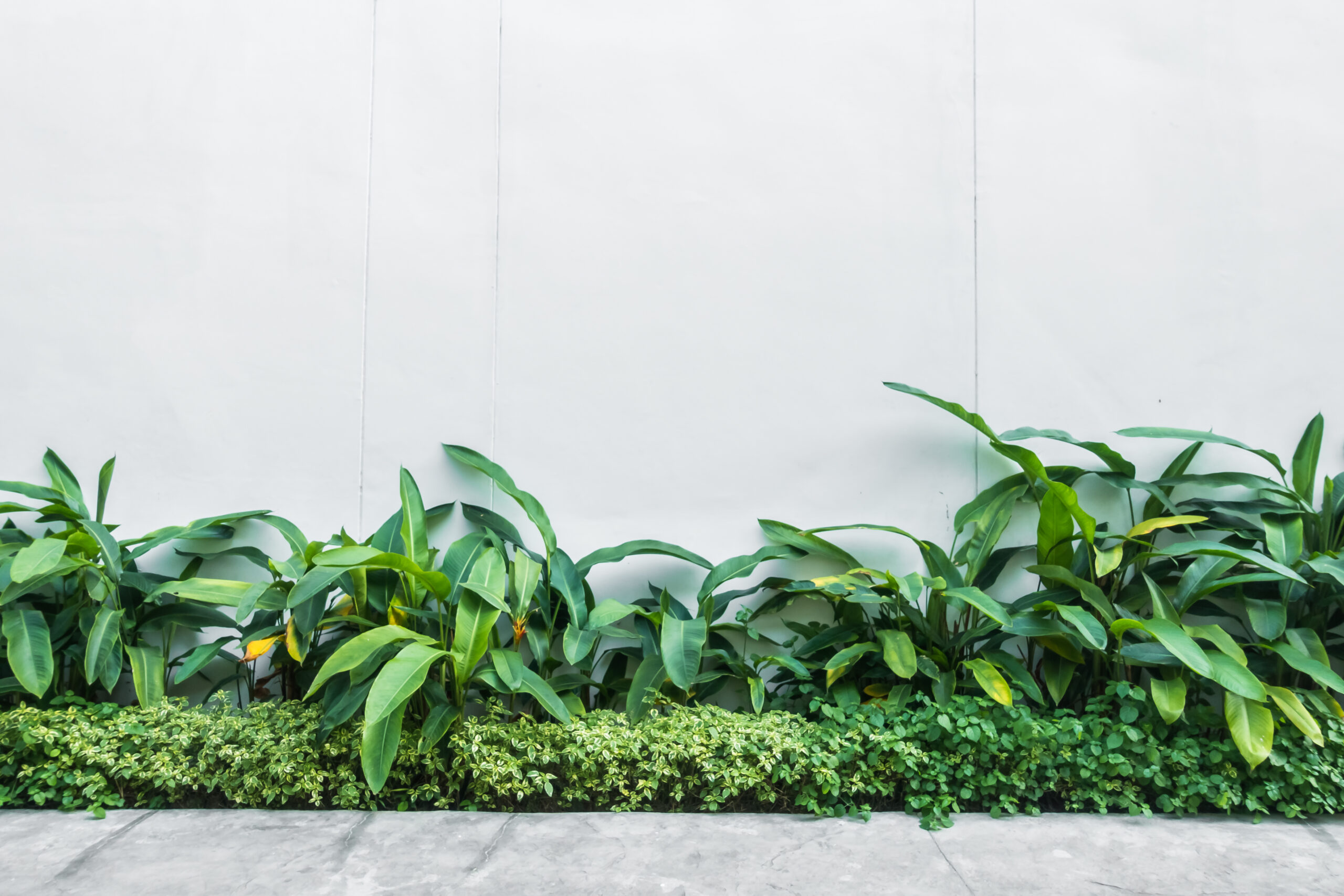While landscaping can create an appealing presence for a building’s exterior, it can also attract pests and allow them to survive at commercial facilities. Being aware of pest attractants while designing your building’s landscaping can help prevent pest activity. Here are a few points to keep in mind:
Reduce Moisture
From rodents and cockroaches to birds and wildlife, a common theme across pest types is their search for water sources to survive. In fact, many rat species require nearly an ounce of water every day to maintain proper health. Moist landscaping, in a surrounding otherwise arid environment, is a strong lure for rodents. Eliminate all standing water to reduce the attraction of your business to pests. Improve drainage systems to ensure water doesn’t pool and use lawn irrigation as sparingly as possible. An irrigation system must be well-maintained to ensure no broken spray heads or overwatered areas. Watering in the mid-morning or early afternoon will give the opportunity for the surface lawn to dry before peak rodent activity times.
Be Wary of Low-Lying Vegetation and Shrubs
Low-lying vegetation, such as weeds, grass, flowers, ivy and densely planted shrubs with foliage extending to the ground can serve as harborage and can attract rodents and many other pests. For example, cockroaches can thrive in dense beds of vegetation and then move into the building in the summertime. When shrubs are planted close to the structure, pests can very easily travel and make their way into a facility. Rats seek out areas where they feel protected from predators, so avoid selecting landscaping that can provide shelter. Rats have very poor eyesight and use their whiskers (or vibrissae) to navigate their environment; as a result, they prefer to travel along straight lines and use curbs, walls, and foundations to get around.
Trim Vegetation
Cut back vegetation at least 18 inches from building walls, remove ivy or other vines from sides of buildings and nearby trees, and trim back tree branches that touch or rub against buildings. Plants and tree branches can act as bridges for many pests. Even if a branch isn’t directly touching the building, it can create a path to power lines, which can also lead to the structure. An 18–24-inch barrier of crushed rock or gravel between the building and any landscaping is recommended.
No More Mulch
Ground cover and mulch, including shredded wooden pallets and hardwood bark, can be attractive to termites and other pests. Instead, use a less attractive ground cover, such as synthetic pine needles, shredded tire mulches or gravel.
Pick the Right Plants
The ideal plants to surround a building would be those that do not require a large amount of water and do not provide seeds or fruits. Fruiting or nut producing trees do not need to be removed; however, it is crucial to routinely clean up any fallen fruits and nuts to avoid luring rodents. Other plants that make good nesting harborage include vegetable gardens, sunflower plants, boxwoods, creeping bushes (cypress, juniper, cotoneaster), ivies and vines (English Ivy, Vinca Vines, Grape Vines, etc.), fruit trees (crab apple, citrus, ornamental plum, cherry, apples etc.) and nut-producing trees (Oaks, Walnut, Almond, Hickory, etc.)
In conclusion, this is not to say that businesses should not have any landscaping. However, it is important to keep pests in mind when designing your landscaping and take appropriate preventative measures.
If you are interested in learning more about commercial pest control, contact us! Copesan is here to serve you and cater to your location’s specific needs to help you achieve a pest-free environment and provide ultimate brand protection.

